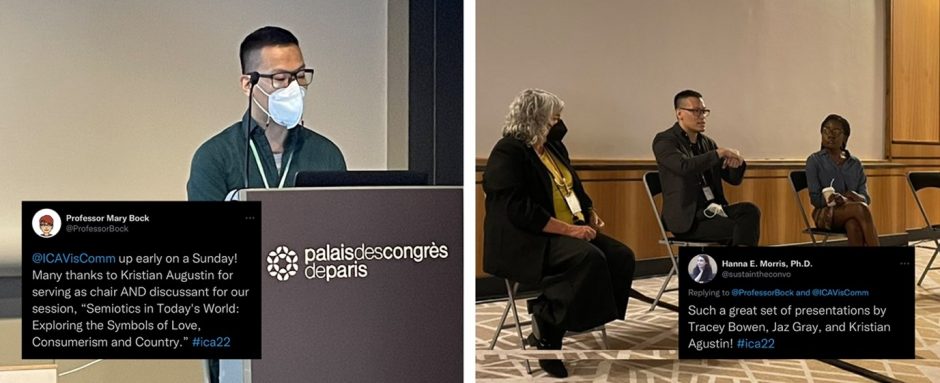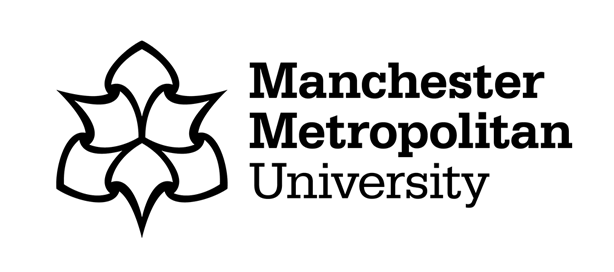
Exactly one year ago, my fieldwork for my practice-led PhD project concluded with a new curatorial collaboration. A combination of performance, photography and poetry, ASEAN Manifesto launched on 8 August 2021 via www.aseanvisionproject.com. The same day marked the 54th anniversary of the Association of Southeast Asian Nations (ASEAN), an intergovernmental organisation that formally collectivised and represented Southeast Asian countries as a regional community with shared aspirations after enduring centuries of colonial rule and decades of war.
My co-curators Dr Amy Matthewson (Canada/UK), Yen Ooi (UK/Malaysia) and Martin Vidanes (Philippines) collaborated with me to produce a ‘participatory manifesto’ that not only offered an alternative to the founding declaration of the ASEAN but also challenged its outdated tenets from our contemporary lenses. When the ‘founding fathers’ of the ASEAN signed the ASEAN Declaration in 1967, the historical document also served as the backbone of the ASEAN imaginary — not to mention its ‘regional identity’ which is what I’m interested in as a PhD researcher. What is ‘ASEAN-ness’? How do my fellow Southeast Asians imagine our shared sense of community? How does this collective imagination of ‘region-ness’ translate to visual culture in Southeast Asia? These are just some of the questions that my practice-led PhD project addresses as exemplified by ASEAN Manifesto, one of my research outputs. By revisiting and revising the original — and official — document of the ASEAN Declaration of 1967, my co-curators and I emphasised the role of (public) participation in understanding what the ASEAN stands for.
While the ASEAN Manifesto captured the imagination of the general public, for a PhD scholar such as myself, it is only half of the work done. I also needed to demonstrate the rigour of creative practice-as-method being an integral part of my research design. At the time, the annual conference of the International Communication Association (ICA) was the best means for me to reach my fellow academics — especially experts in the field of communication and visual culture — and to receive valuable feedback from them. My extended abstract was accepted and thus, I applied for financial support from Manchester Met. I was partially funded by the Postgraduate Arts and Humanities Centre (PAHC), the Arts & Performance Research Hub, and the Graduate School’s Research Support Award.
Since the previous conferences of the ICA were held virtually because of the COVID-19 pandemic, this year the 72nd Annual ICA Conference in Paris proved truly enticing because it promised the return to in-person attendance. With theme of ‘One World, One Network‽’ (note the interrobang symbol as a key element), more than 3,000 academics gathered from 26 to 30 May 2022 to discuss digital media and globalisation in various contexts and perspectives. Of course, I responded to the theme by proposing how the ASEAN Manifesto re-imagines the tenets of ‘One Vision, One Identity, One Community’ (popularised as the ASEAN motto).
I presented my conference paper One vision, one identity, one community: reinterpreting the ASEAN declaration through image-elicitation and visual ethnography as part of the ‘Images and People: Interactive Methodologies for Understanding Visual Communication’ panel organised by the ICA Visual Communication Studies Division. During my presentation, I emphasised how my co-curators and I used performance, photography and poetry, to re-imagine a dated policy (the ASEAN Declaration of 1967) by way of an ‘experience’ that we could all learn from given today’s geopolitical and sociocultural landscape. And by using creative and interpretive methods, we made ASEAN Manifesto more relatable to the public — especially to our fellow Southeast Asians. After all, the historical document was penned to encompass what it means to be part of the ASEAN, only five decades have passed since. In ASEAN Manifesto, we conveyed how our sense of ‘ASEAN-ness’ must also change.
I received encouraging feedback from the conference attendees, especially my co-panellists. Most of them agreed that while the ‘official’ document served as the blueprint for the ASEAN bloc, our ‘unofficial’ approach was equally compelling — by way of spoken word poetry, participatory photography and performativity. (Of course, I must thank my amazing thesis supervisors, Beccy Kennedy, Sian Bonnell, and Jane Brake, for guiding me towards this direction.)
* * *
Apart from my role as paper presenter, I was also selected by the ICA conference organisers to serve as panel chair and discussant of ‘Semiotics in Today’s World: Exploring the Symbols of Love, Consumerism and Country’, another ICA Visual Communication Studies Division panel; and as panel chair of ‘Media, Politics and the Right to Expression’, an ICA Popular Media and Culture Division panel. Facilitating these two sessions meant that I also had the bigger responsibility of reading each of the panellists’ papers and familiarising myself with their key arguments ahead of the conference proceedings.
Since I already gave a few tips on how to get into these international conferences in my previous blog, now I must share some tips on how to facilitate a conference panel:
- As a panel chair (or facilitator/moderator), you need to introduce the topic of the panel and each presenter. Instead of simply reading a list of the titles of the papers/presentations and the names of the presenters, you can give a brief overview of each presentation and their relevance to the panel theme/topic. But make sure that you don’t overdo it or else you are stealing the spotlight from the presenters. Perhaps you can highlight instead what the audience can learn from each paper presentation — this shows that you have actually read each paper in advance.
- Make sure that before the panel presentations begin, the panellists and audience understand when their questions will be entertained and how many minutes are allotted for the Q&A or open forum. This should be strictly followed in the interest of time.
- As panel chair, one of your main tasks is to ensure that each presentation does not exceed 7 minutes (or 15 minutes for some conferences). Better to check with each presenter before the session starts; remind them that they will surely appreciate the whole experience better if sufficient time is given to the audience for questions or feedback. And do remember that technical glitches usually happen, so please consider making allowances for the unexpected.
- Prepare at least one question per paper/presentation in case that the audience members are too shy to immediately pose questions. It would also come in handy to give the audience some ideas and motivation to ask; perhaps you can ask the audience members how they can relate to the panel theme/topic or what else they can contribute to the presented arguments/ideas to jumpstart the conversation.
- Conclude the panel session by noting the key insights raised throughout the series of presentations and Q&A. If contact infos are provided, do invite everyone to email the panellists to continue the conversations.
Good luck on your future conference plans!
Kristian received funding from the Graduate School’s Research Support Award (RSA) to attend the ICA Conference. Keep an eye on the PGR Bulletins for 2022/23 RSA deadlines.


